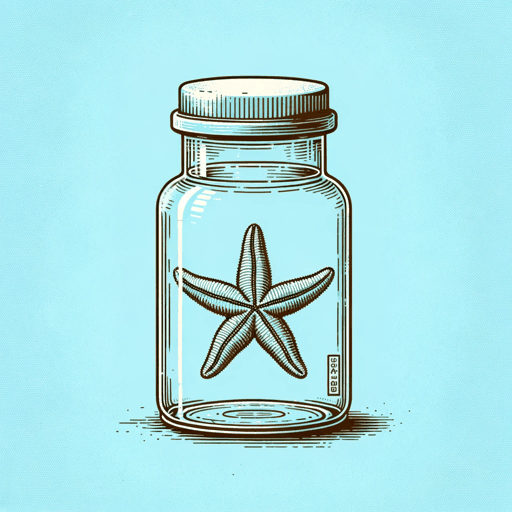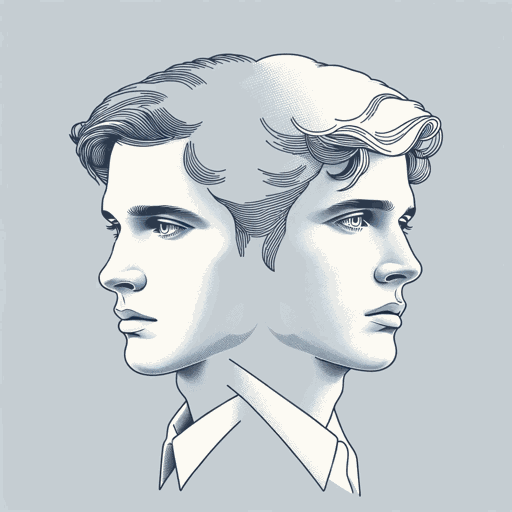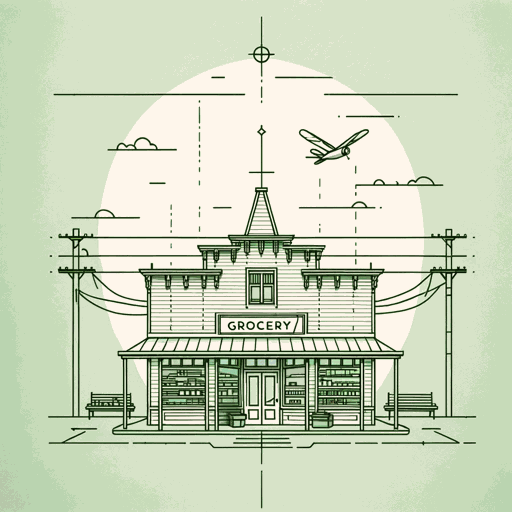47 pages • 1 hour read
John SteinbeckThe Wayward Bus
Fiction | Novel | Adult | Published in 1947A modern alternative to SparkNotes and CliffsNotes, SuperSummary offers high-quality Study Guides with detailed chapter summaries and analysis of major themes, characters, and more.
Themes
The Stasis of Human Existence
Content Warning: This section of the guide contains references to domestic abuse, sexualization of racial “otherness,” sexual assault, self-harm, and depression.
In The Wayward Bus, Steinbeck’s title suggests the stasis of human existence. Each character in this novel wants something about their life to change, but their lack of character development proves that the tension between external and internal conflicts keeps them from progressing with their lives.
Juan Chicoy intentionally forces the bus into a ditch to escape a life that feels similarly stuck. He is unhappy in his marriage, bored with his job, and longs for his childhood in Mexico with homesickness. He wants to be free and believes that he can achieve freedom and happiness by running away. However, Juan doesn’t trust his feelings. Instead, he uncharacteristically relies on the icon of Our Lady of Guadalupe to send him a sign: “If she felt strongly about his going back to Alice, she would smooth the road and get the bus through, and he would know that he was set for life with what he had” (193). Juan manipulates his belief in Our Lady of Guadalupe because he is desperate to get away from his life while simultaneously and subconsciously aware that he will likely not make the move away from Alice and to Mexico.
Related Titles
By John Steinbeck

Cannery Row
John Steinbeck

East of Eden
John Steinbeck

Flight
John Steinbeck

In Dubious Battle
John Steinbeck

Of Mice and Men
John Steinbeck

Sweet Thursday
John Steinbeck

The Acts of King Arthur and His Noble Knights
John Steinbeck

The Chrysanthemums
John Steinbeck

The Grapes of Wrath
John Steinbeck

The Harvest Gypsies: On the Road to the Grapes of Wrath
John Steinbeck

The Log From The Sea of Cortez
John Steinbeck

The Long Valley
John Steinbeck

The Moon Is Down
John Steinbeck

The Pearl
John Steinbeck

The Red Pony
John Steinbeck

The Winter Of Our Discontent
John Steinbeck

To a God Unknown
John Steinbeck

Tortilla Flat
John Steinbeck

Travels With Charley
John Steinbeck
